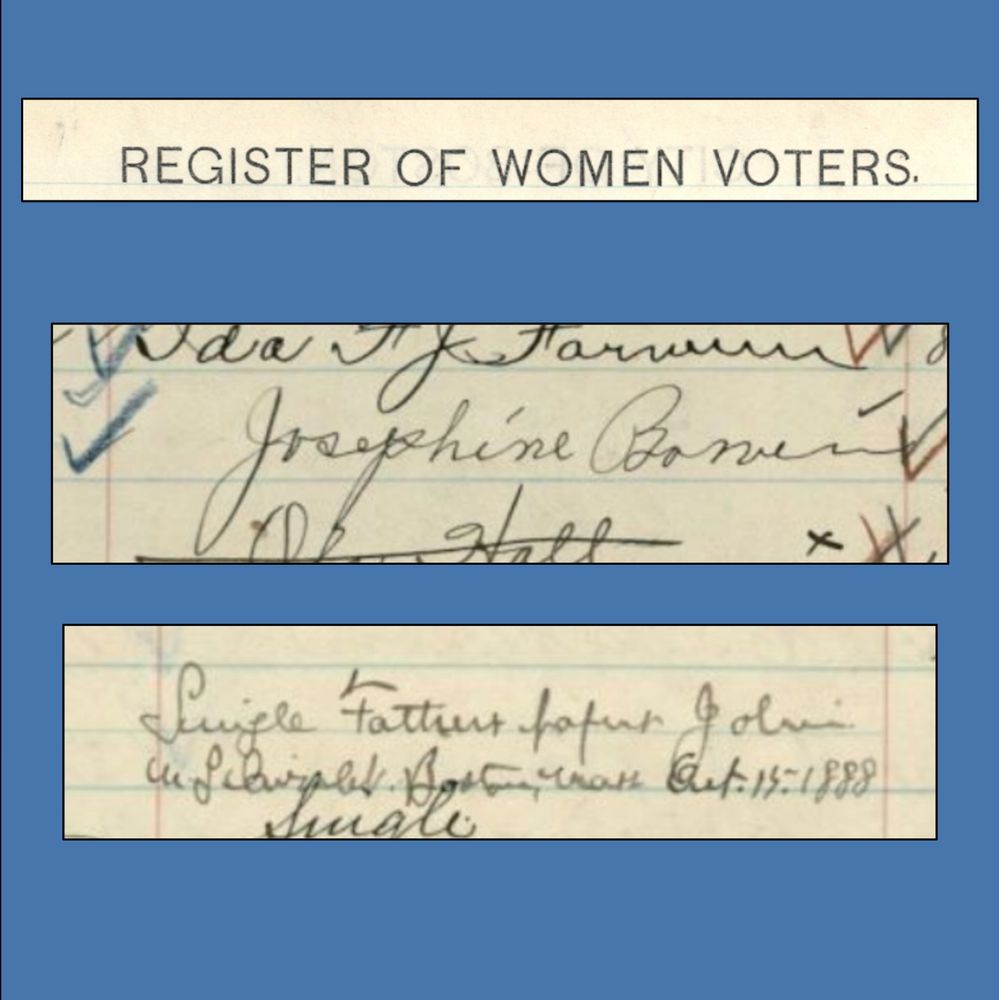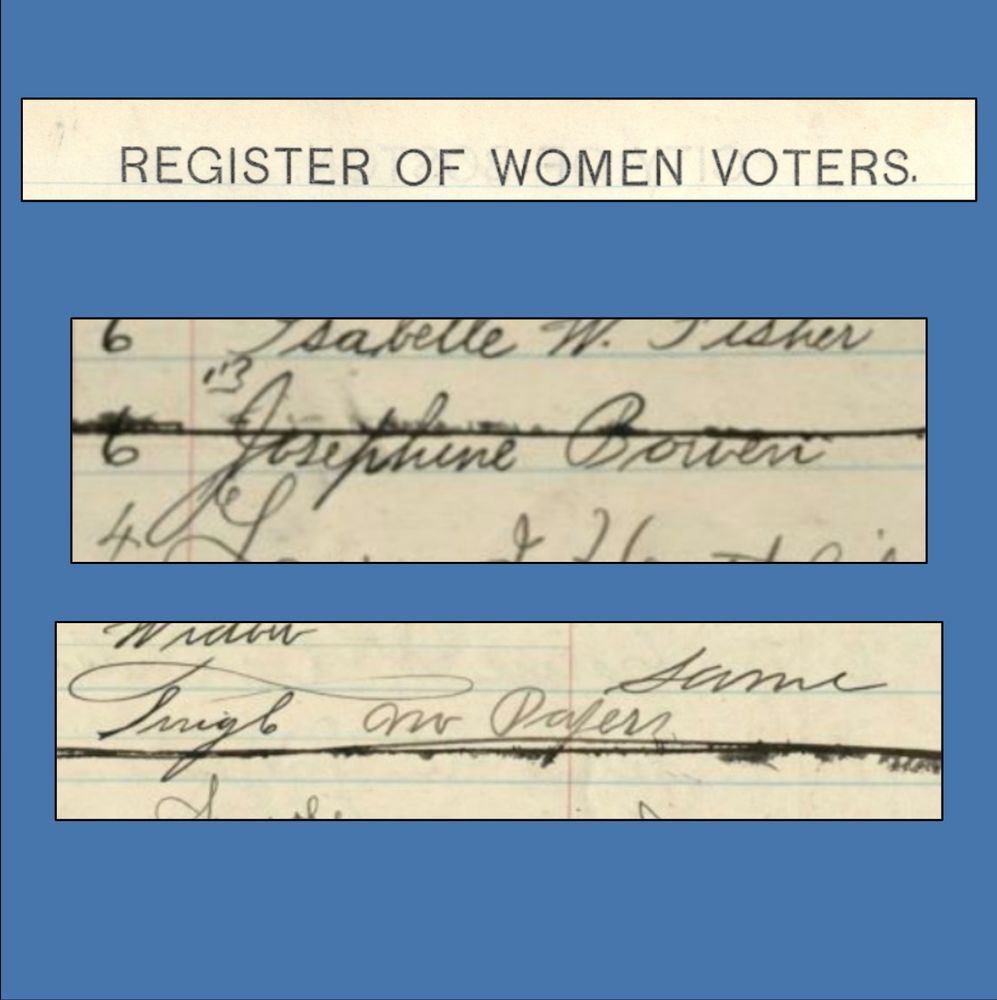Mary Eliza Project
@maryelizaproject.bsky.social
190 followers
27 following
210 posts
that time in 1920 when 56k+ women in Boston claimed their right to vote
history, data, maps, stories
linktr.ee/maryelizaproject
Posts
Media
Videos
Starter Packs
Pinned














